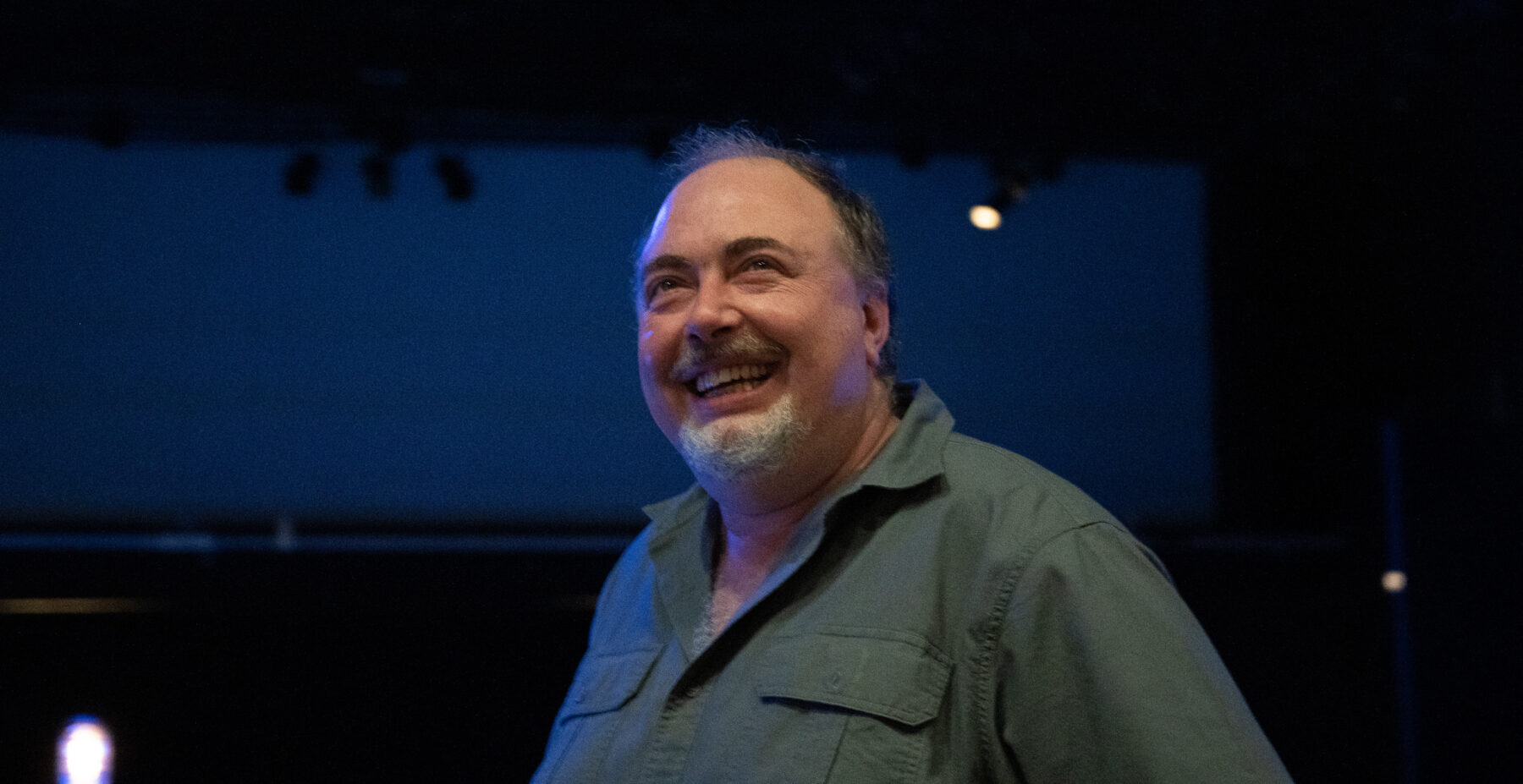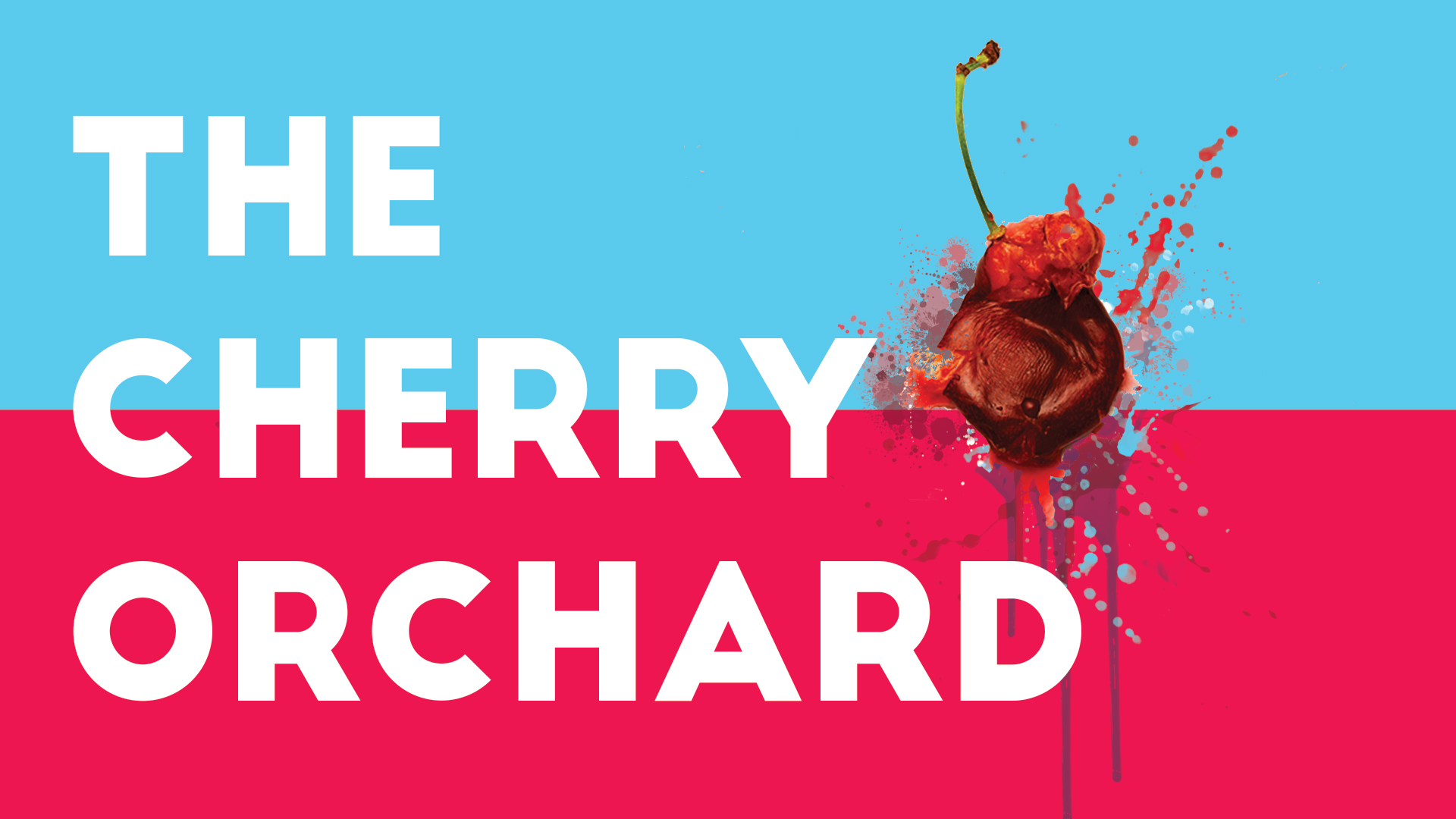

April 11, 2022
For me and for many theater artists around the world, Dmitry “Dima” Krymov is a legend, an icon of directing.
He is one of the few who manages to invent a unique theatrical language which audiences adore. Everybody loves what he creates on stage: from theater newbies to seasoned critics.
Artistically, Kyrmov’s works are contemporary, warm, and emotional. His art appeals to the inner child hidden deep inside each of us; he knows how to rescue this child and let it play. Play games which are scary and funny at the same time, with sharp switches from laughter to tears.
I’ve never seen Dima “stage the play” in the conventional meaning of these terms. I see his directing method as a rescue mission: he breaks through the thicket of clichés and norms, to the very core, the essence of the play, and brings it back to us in all its freshness and contemporaneity.
The inhabitants of The Cherry Orchard are not a “them” but a “we.” It’s not happening in Russia of 1904, but in Philadelphia in the spring of 2022. Or, perhaps better, in both places and times simultaneously?
Few of us will be able to forget this Spring. Dima’s flight turned out to be the last one that made it from Moscow to New York after the start of the war. Since the first rehearsal, when Dima talked to the actors about his friends bombed in Kharkov, the theme of war never left the rehearsal room, and the production is soaked with it.
When Yepikhodov comes out to talk about a new billiard table, talk of refugees and bombings seep into his description. As Gayev is playing volleyball, his thoughts are in today’s Kyiv. Watching the final act of Dima’s Cherry Orchard, I’m not just seeing the family losing their home, I see millions of refugees, forced to flee their country.
The reality and the pain of today sifts through the cloth of the play, creating something which is not The Cherry Orchard, and not a reckoning of today’s woes, but a mash-up of both: a true conversation between past and present where both have equal weight onstage.